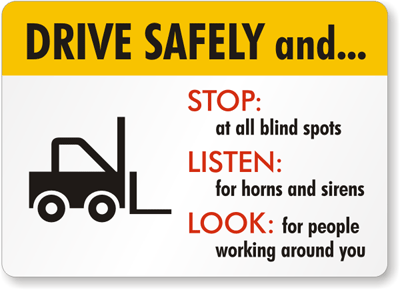Carpal tunnel syndrome (CTS) is any condition that causes swelling or a change in position of the tissue within the carpal tunnel can squeeze and irritate the median nerve. Irritations of the median nerve will causes tingling and numbness of the thumb, index, and the middle fingers, a condition known as "carpal tunnel syndrome.”
• Manufacturing and production,
• Heavy lifting,
• Twisting movements, and Long hours of working in awkward positions.
Causes of work-related MSDs
Work-related MSDs occur when the physical capabilities of the worker do not match the physical requirements of the job. Prolonged exposure to the ergonomics risk factors can cause damage a worker’s body and lead to MSDs.
Conditions that are likely to cause MSDs problem including:
- Exerting excessive force.
- Excessive repetition of movements that can irritate tendon and increase pressure on nerve.
- Awkward postures or unsupported positions that stretch physical limits can compress nerves and irritate tendons.
- Static posture for a long period of time can restrict blood flow and damage muscles.
- Motions such as increase speed or acceleration when bending and twisting can increase the amount force exerted on the body.
- Compression from grasping sharp edges like tools handle can concentrate force on small area of body; reduce blood flow and nerve transmission and damage tendon and tendon sheaths.
- Inadequate recovery time due to overtime, lack of break and failure to vary tasks can leave insufficient time for tissue repair.
- Excessive vibration usually from vibrating tools can decrease blood flow, damage nerves and contribute to muscle fatigue.
- Whole-body vibration from driving trucks or operating subways can affect skeletal muscle and cause low back pain.






